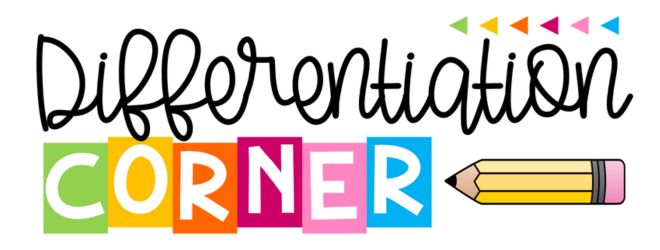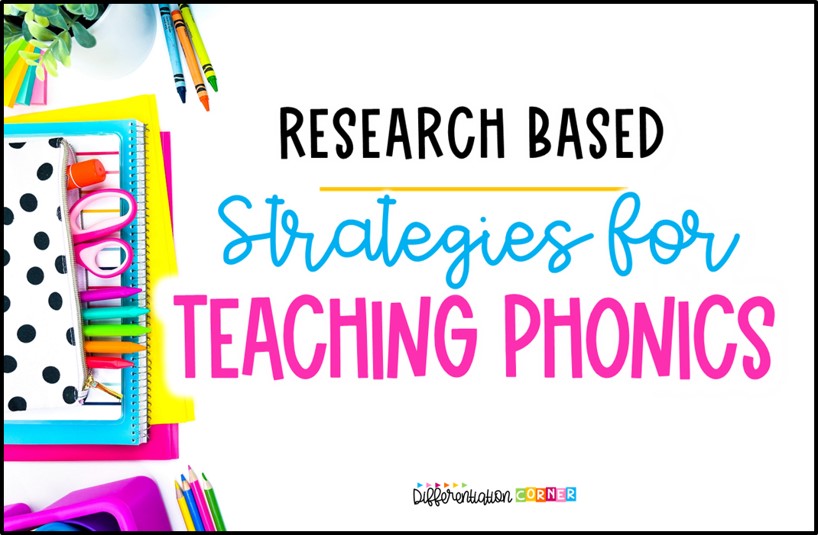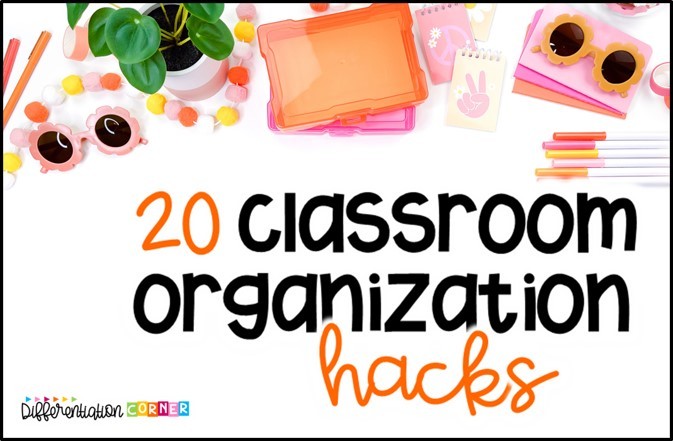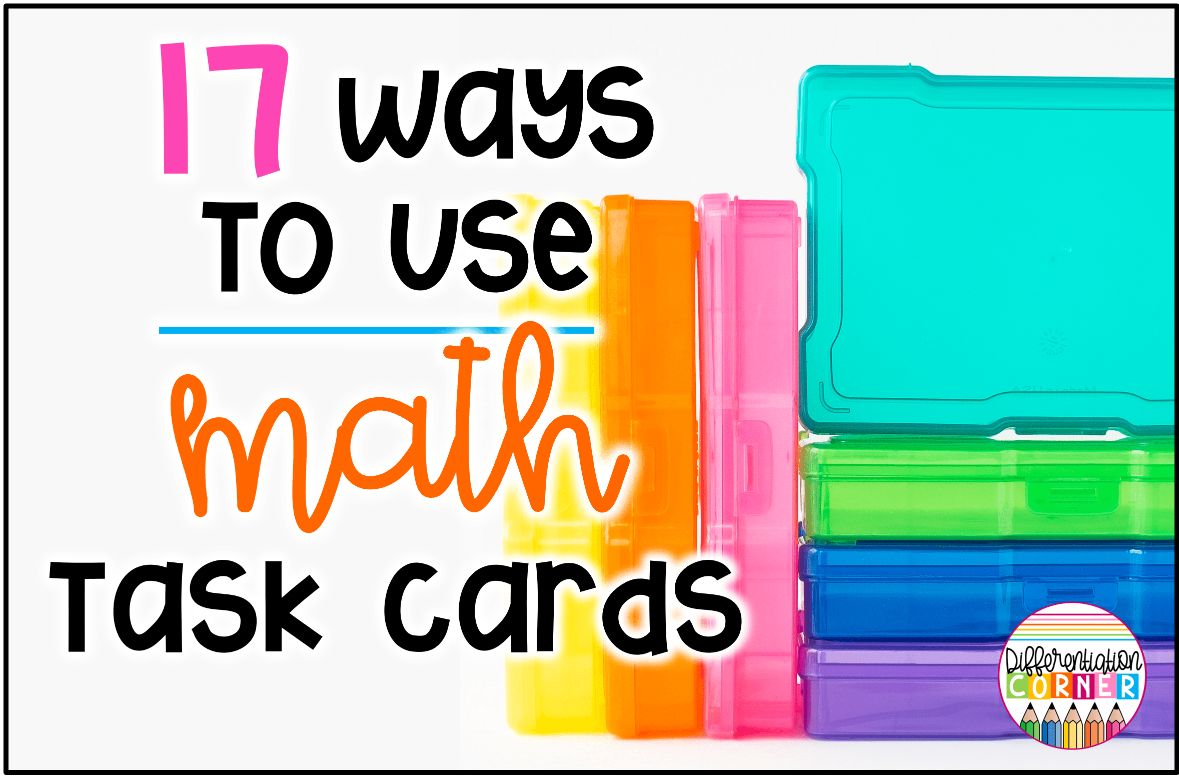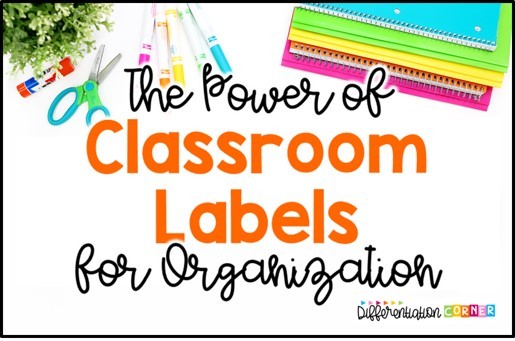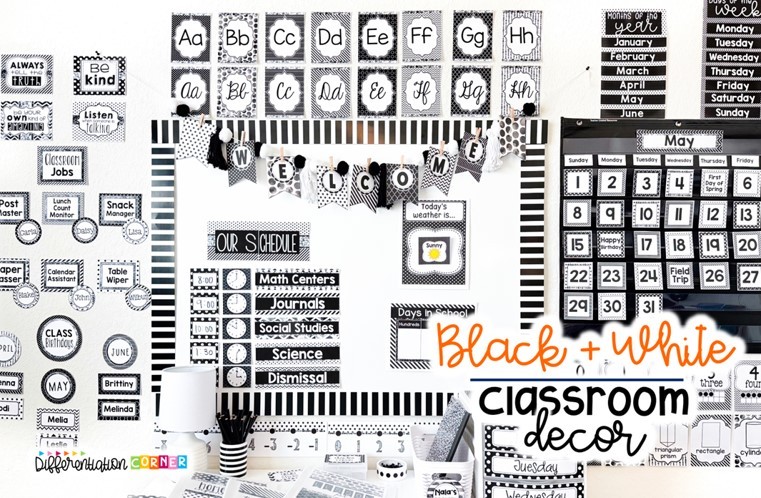Let’s be honest. Teaching phonics can sometimes feel like deja vu. You’re saying the same sounds, doing the same word sorts, and praying your students actually remember that “igh” says the long I sound. But here’s the thing: phonics instruction doesn’t have to feel repetitive or complicated. When you use research based strategies for teaching phonics, you’re working with how the brain learns to read, not against it.
The most effective way to build strong readers is explicit and systematic phonics instruction. The trick is making it doable in real like classrooms where time, energy, and printer ink are always running low.
Below are some practical, classroom testsed strategies for teaching phonics that you can use tomorrow. No curriculum overhaul required.
Why Some Phonics Lessons Don’t Stick
Let’s get one thing out of the way. Phonics don’t fail students. Our systems do. When phonics instruction jumps around or assumes mastery before it’s solid, students can’t build those neural connections that make decoding automatic.
Here’s what research tells us teachers should avoid:
- Skipping review once a sound is “covered”
- Relying on memorization or worksheets
- Not giving opportunities for students to apply new skills in both reading and writing
The solution? Using consistent, structured, research based strategies for teaching phonics that give students repeated , meaningful practice.
Strategy 1: Teach Explicitly and Systematically
Don’t assume kids will “pick up” phonics naturally. They won’t. Research shows they need to be taught exactly how letters and sounds connect.
Try this in your classroom:
- Introduce one new phoneme or spelling pattern at a time.
- Model the sound, say a familiar example word, and show how it’s spelled.
- Have students repeat it, write it, and identify it in words they read.
- Give students multiple opportunities to practice reading and spelling words with the phoneme or spelling pattern.
- Follow a clear scope and sequence so learning builds over time.
These strategies for teaching phonics aren’t about following fancy programs. Just be intentional and consistent.
Strategy 2: Make it Multisensory
The brain learns best when multiple senses are engaged. That’s why multisensory instruction is one of the most powerful strategies for teaching phonics.
Bring your lessons to life with simple, no-prep tweaks:
- Visual: Color-code vowel teams or tricky graphemes.
- Auditory: Stretch out sounds as students repeat them or say them in a sing songy way.
- Kinesthetic: Have students trace letters in sand, air-write, or tap sounds out on their desks.
Movement and repetition help the brain store information faster and build multiple pathways to access it. Bonus: it keeps your wiggly learners engaged.

Strategy 3: Review and Spiral
Phonics skills can fade fast if they’re not revisited. Make review a regular part of your literacy block. Just five minutes a day can make a big difference.
Try these quick ideas:
- Start your small groups with a warm up of previously taught sounds.
- Play “word detective” and have students find past patterns in a short text.
- Mix old and new spelling patterns in a dictation practice.
Spiral review doesn’t need to be fancy. It just needs to happen consistently! It’s one of the easiest strategies for teaching phonics!
Strategy 4: Provide Multiple Opportunities to Practice in Meaningful Context
Once students learn a new spelling pattern, they need to see it, hear it, and use it. Over and over in ways that actually make sense. Worksheets alone won’t cut it.
Here’s how to make practice more purposeful:
- Mix reading and writing. After teaching the pattern, have students read words, sort them, and then use them in short writing tasks or sentences.
- Connect to real texts. Use decodable reading passages and sentences that feature the pattern so students apply what they’ve learned in reading.
- Repeated exposure. Let students practice their new phonics skills in literacy centers, morning work, and more!
Students retain phonics patterns best when they repeatedly encounter them in real reading and writing situations. Not just isolated drills. Meaningful practice helps them move from knowing a sound to applying it naturally in their work.
Strategy 5: Assess and Differentiate
Not every student needs the same thing at the same time. Quick, ongoing assessment helps you know who’s ready to move on and who needs more practice.
Here is how I do this in my classroom:
- Use a simple word reading inventory with the spelling patterns you’ve covered.
- Group students by need for targeted small group instruction.
- Reteach with fun word work activities!
When you adjust instruction based on data, every student gets what they actually need.
Bonus Tip: Keep It Familiar
This one’s a game changer. Use the same types of activities across your phonics lessons so students spend less time learning how to do the activity and more time practicing the skill.
When the routine is predictable, like word sorts, games, and partner activites, students can focus their attention on mastering the content. It’s structure that builds confidence.
Final Thoughts on Strategies for Teaching Phonics
Research based strategies for teaching phonics doesnt have to mean complicated lesson plans or endless prep. It’s about choosing the right strategies, being consistent, and making learning active and meaningful.
Start small: pick one or two of tehse strategies for teaching phonics and weave them into your routine this week. Your students will become more confident readers and spellers, and you’ll feel less like you’re reinventing the wheel every single day.
And if you’re ready for done for you, ready to print resources that make phonics instruction actually easy, check out my Phonics and Grammar Word Work Activities Bundle. It’s packed with Common Core Standards aligned materials for centers, intervention, small groups, and individual work.
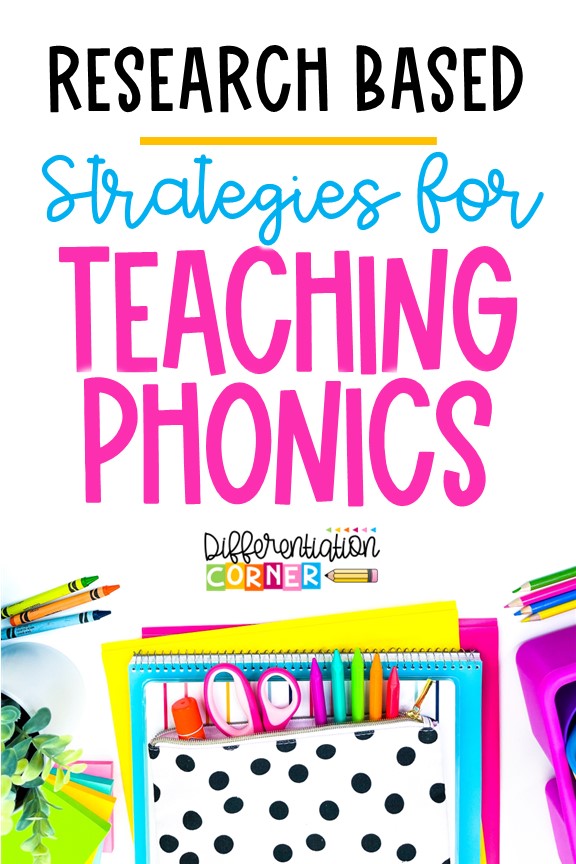
Want to see how I teach phonics? Read about TCH words, DGE words, NG & NK glued sounds, contractions, Tion, Sion, Cian words, Soft C & G, Silent Letters, and sound wall secrets every teacher should know.
[mailerlite_form form_id=3]